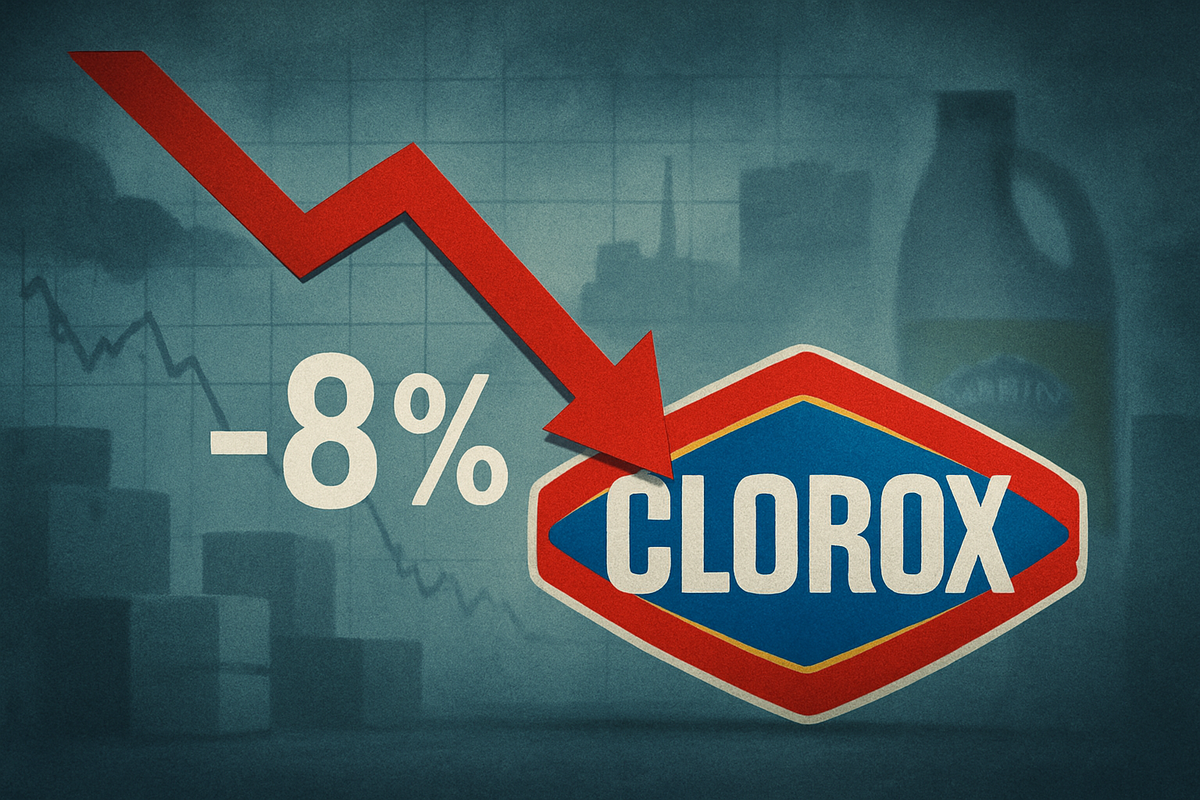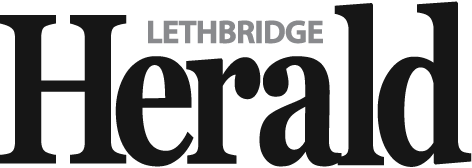
The Clorox Company (NYSE: CLX) has recently witnessed a significant approximately 8% decline in its share price over the past month, pushing its stock to new 52-week lows in late October 2025. This latest drop, part of a more substantial 31.31% fall over the last 52 weeks, has sparked intense debate among investors and analysts regarding whether this presents a compelling buying opportunity for the consumer goods giant or signals deeper, more entrenched challenges. With shares trading around $112.46 as of October 30, 2025, the market is closely scrutinizing the underlying factors driving this downturn and the potential for a rebound.
Unpacking the Decline: Macro Headwinds and Operational Hurdles
Clorox's recent share price depreciation stems from a confluence of macroeconomic headwinds and internal operational challenges. A significant weakening of US consumer sentiment, coupled with broader macroeconomic and geopolitical uncertainties, has directly impacted consumer purchasing behavior, particularly affecting categories like household cleaning and grilling products, which are core to Clorox's portfolio. This shift has translated into lower-than-expected sales volumes across several key segments.
Adding to the top-line pressure are the strategic divestitures undertaken by the company. The sale of its Better Health Vitamins, Minerals, and Supplements (VMS) business and its Argentina operations has significantly reduced net sales, contributing to an 8% year-over-year decrease in net sales for the third quarter of fiscal year 2025. Furthermore, the company's Enterprise Resource Planning (ERP) system transition has introduced service disruptions, impacting organic sales growth. While an initial pull-forward of shipments in Q1 FY2025 aimed to mitigate these disruptions, the subsequent unwinding of these incremental shipments is now expected to negatively affect future sales, forecasting revenue declines for fiscal year 2026.
Operationally, Clorox continues to grapple with increased input costs, persistent supply chain pressures, and substantial tariff-related costs, estimated at an unmitigated impact of approximately $100 million annually. These factors are exerting considerable pressure on the company's gross margins and overall profitability. The competitive landscape has also intensified, with heightened promotional activity from rivals, particularly in categories like Glad, further challenging Clorox's pricing power and market share. Retailer destocking, especially in the household segment, has also played a role in dampening sales. Despite reporting its tenth consecutive quarter of gross margin expansion and a rebound in net earnings (partially due to insurance recoveries from a 2023 cyberattack), the mixed Q3 FY2025 results, coupled with a cautious fiscal year 2025 outlook anticipating net sales to be down 1% to flat, have fueled investor apprehension.
Clorox Navigates a Choppy Market: Implications for the Consumer Goods Giant
The current environment presents a challenging landscape for Clorox (NYSE: CLX). The company is expected to face continued pressure on its revenue and profitability, with forecasted net sales declines for fiscal year 2025 and further projected reductions for fiscal year 2026. This trajectory puts the onus on Clorox to demonstrate robust operational efficiency and strategic execution to restore consistent profitability growth in the near term. The company's "IGNITE" strategy, which prioritizes premium innovation and stringent cost management, will be crucial in mitigating these external cost pressures through targeted pricing strategies, supply chain adjustments, and ongoing cost-saving initiatives.
For investors, the immediate implications include heightened volatility and a prevailing bearish sentiment. Long-term shareholders are particularly sensitive to the stock's significant decline over the past year. While some analyses suggest that Clorox's stock might be slightly undervalued with a "GOOD" financial health score, potentially offering an entry point for patient investors, others caution that the current valuation appears fair or even elevated compared to its peers, suggesting that a bargain may not yet be present. Despite the share price depreciation, Clorox maintains a notable dividend yield, currently at 4.14%, backed by a remarkable 55 consecutive years of dividend payments. This consistent payout, with a quarterly dividend of $1.24 per share payable on November 6, 2025, continues to appeal to income-focused investors seeking stability amidst market uncertainty. The upcoming first-quarter fiscal year 2026 results, scheduled for release on November 3, 2025, will be a pivotal moment, with investors and analysts keenly awaiting updated guidance that could significantly influence the stock's trajectory. The current Wall Street consensus remains a "Neutral" or "Hold" rating, reflecting the prevailing uncertainty.
Wider Significance: Industry Trends and Historical Parallels
Clorox's challenges are not isolated but reflect broader industry trends affecting the consumer goods sector in 2025. Shifting consumer preferences, driven by a desire for affordability, functionality, and sustainability, are forcing companies to adapt rapidly. Consumers are increasingly prioritizing purposeful purchasing and are more willing to embrace cost-saving habits or trade down to private-label alternatives amid persistent inflation and economic uncertainty. This environment intensifies competition, with new "challenger" brands and expanded private-label offerings vying for market share.
The ongoing digital transformation, marked by the growth of e-commerce and direct-to-consumer (DTC) strategies, also demands significant investment in AI and data analytics for hyper-personalization and efficient retail media. Companies that fail to embrace these digital shifts risk falling behind. Furthermore, sustainability is a critical factor, with stringent environmental regulations emerging globally, pushing brands towards eco-friendly packaging, ethical sourcing, and circular economy models. These regulatory pressures, combined with evolving tariffs and trade policies, add layers of complexity and cost to global supply chains, which continue to face instability from geopolitical tensions and extreme weather events.
Historically, the consumer goods sector has weathered similar storms. Economic downturns, like the Great Recession, and periods of high commodity costs have always limited revenue growth and value creation, mirroring today's inflationary pressures. Supply chain disruptions, though exacerbated by the recent pandemic, have also been a recurring theme, pushing companies to localize supply and invest in resilience. The continuous evolution of consumer demands and the rise of new competitive formats (from supermarkets in earlier eras to today's e-commerce giants) have consistently forced adaptation. Clorox, with its diverse portfolio, is actively responding to these macro trends through eco-conscious product development, digital transformation efforts, and adapting to consumer frugality, but the success of these initiatives will be key to its long-term health.
What Comes Next: Navigating the Future Landscape
In the short term (fiscal year 2025 to early 2026), Clorox is focused on executing its "IGNITE" strategy to restore pre-pandemic gross margins by the end of fiscal year 2025 through pricing actions, cost savings, and operational efficiencies. The company has shown progress in regaining market share lost due to a prior cyber-attack and anticipates a stronger innovation pipeline in the second half of fiscal year 2025 with new product introductions. However, sales pressure is expected to persist, with net sales projected to be flat to down 2% for fiscal year 2025. The ongoing ERP system implementation poses short-term risks, including potential operational disruptions and supply chain volatility, with incremental shipment benefits from FY25 expected to reverse in early FY26. Continued consumer trade-down to private labels and increased promotional spending remain significant challenges, alongside persistent cost inflation and tariffs.
Looking further ahead, the successful completion of the ERP transition is expected to deliver long-term efficiencies and contribute to EBIT margin expansion starting in fiscal year 2026. Clorox aims for sustainable and premium growth by aligning with evolving consumer preferences for ethically produced, higher-quality goods and a robust pipeline of new, scalable innovation platforms in the latter half of fiscal year 2026. The company is also actively evaluating strategic acquisitions to diversify and enter complementary categories, alongside accelerating investments in digital commerce to capitalize on e-commerce growth and direct-to-consumer opportunities.
Potential scenarios range from a "Resilient Rebound," where successful strategy execution and a stabilizing economy lead to significant share price recovery, to a "Navigating Choppy Waters" scenario, where persistent economic headwinds and ERP challenges result in slower growth and modest recovery. A "Erosion and Restructuring" scenario represents a pessimistic outcome, with worsening economic conditions, prolonged ERP disruptions, and failed innovation leading to sustained market share losses, severe profitability impacts, and potential aggressive restructuring.
Comprehensive Wrap-up: A Critical Juncture for Clorox
Clorox finds itself at a critical juncture, with its recent 8% share price drop serving as a stark reminder of the complex interplay between macroeconomic forces and internal operational challenges. Key takeaways include the significant impact of weakened consumer sentiment, strategic divestitures, and ERP system transition disruptions on sales and profitability. While the company is actively implementing its "IGNITE" strategy to drive margin expansion and innovation, it faces persistent headwinds from cost inflation, intense competition, and retailer destocking.
Moving forward, the market will closely monitor Clorox's ability to execute its strategic initiatives, particularly the successful completion of its ERP system transition and the realization of associated efficiencies. The upcoming Q1 FY2026 earnings release on November 3, 2025, will provide crucial insights into the company's immediate performance and updated guidance. Investors should watch for signs of stabilizing sales volumes, continued gross margin expansion, and the effectiveness of new product innovations. While the stock's strong dividend yield offers some appeal to income-focused investors, the broader market will be looking for clear evidence of sustainable top-line growth and improved profitability to justify a significant rebound from its current 52-week lows. The next few quarters will be pivotal in determining whether Clorox can successfully navigate these choppy waters and emerge stronger, or if further challenges lie ahead.
This content is intended for informational purposes only and is not financial advice






